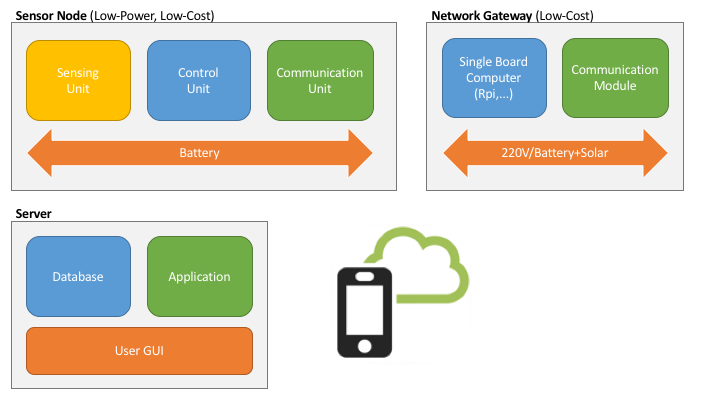Smart Automotive Systems in Urban Areas: Parking for Big Cultural and Sports Events
Mate Liszi, Michal Hodon, and Michal Varmus
Description
Keywords: automotive systems; transportation; parking; events; business
H2020 challenge: Smart, green and integrated transport
Knowledge and skills (P: prerequisite; D: desirable, but not necessary): ability to adapt and cope with new technologies (P); some technical and programming knowledge (P); ability to work in a team (P); analytical skills (P); software design (D); hardware design (D); presentation skills (D); basics of management and marketing (D)
Organization of big cultural events (like open air music festivals), or sport events, are still challenges for organizers from point of view of parking of visitors’ cars. Often, several parking locations are available. Visitors try to seize the nearest possible parking place to the stadium. This way, parking places in parking locations very near to the stadium are seized first. The later visitor comes, the farther parking place from stadium are free for his/her car. During this process of looking for free parking places, high risk of congestions and collisions is typical. This causes higher air pollution and fuel consumption too. Using of Internet of Things (IoT) technologies can help to prevent mentioned negative impacts. In frame of the Entrepreneurial Case, students supervised by lecturers, will collaborate on looking for technical, business and societal solutions how IoT can be used for development of smart parking solutions that could be used during big cultural and sport events. Their task will be oriented to relations between IoT solution owner and IoT solution producer (ICT company) and event organizer (event agency).
It should be possible to use the proposed solution very flexible. Some system of sensor network (wireless?) could be installed only during the cultural or sport event. After using at one place, it could be possible to use the system at another place, for another event. Sensors should count cars that come in and out of parking location, to support decision of visitors or event organizers about desired parking place. For example, current situation at all parking locations that can be used during the cultural event could be displayed as a map in the mobile devices (smartphone, tablet). In this description, the parking location is some place with several parking places that can be seized in different ways, no exact layout for parking places exists.
Proposed solution is an opportunity for the big cultural or sport events that are organized in places which are not used for such events regularly (e.g., small airports, camping areas). These locations do not provide some stable infrastructure for monitoring of cars and are not regularly used for car parking. Using of proposed solution needs to be discusses from several perspectives – technical, business and societal, to identify possible weaknesses of this concept.
Questions that need answers
- Student teams will need to identify and provide more details about IoT (Internet of Things) implementation issues as of the core technology of the Entrepreneurial Case: Energy Harvesting, Low-power computation, Long-range &low-power communication, Sensory selection, Web technologies, Smart Phone programming techniques, 3-D printing.
- What technical equipment do you need for business, production, installation and service? How many employees do you need? What are the annual costs of the business?
- Is your solution universal or is it possible to modify the specific customer requirements?
- How do you design the installation? (Environmental Analysis, Design Solutions, Delivery, Installation, Training, Service)
- What is the length of delivery and how many people are needed to solve one project? What are the costs of one project?
- What is the organizational structure of your business and competence model?
- Analyse market and try to find cultural and sports events that are potential customers for your technical solution and define crucial factors of success in this kind of business. Try to identify in detail customers segments and justify them. What main value you will promote to customers and which communications channels and tools you will prefer and why?
- What about your customer relationship management? What tools you will prefer? What is your strategy? How you will distribute your product?
- Try to identify crucial partners for your business and relationship with them. What cooperation strategy do you choose with them?
- What will be your price strategy? Try to calculate cost (production, development, people, distribution, marketing communication, etc.).
- What role does your solution play in a smart city policy?
- What benefits bring your solution to the issue of sustainability of a green policy?
- Try analysing similar solutions in the world. How you can measure and describe social and environmental impacts of your solution?
- How would you characterize the social significance of your proposal? How would the quality of life of people be changed using your proposal? How your solution impacts local revenues and costs?
- Think about the possible positive and negative impacts of your solution (societal, green politics, quality of life etc.).
Technical Expert

Mate Liszi
Lecturer

Michal Hodon
Lecturer
Business Expert
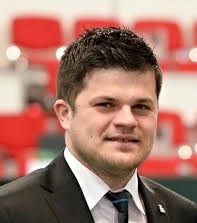
Michal Varmus
Lecturer
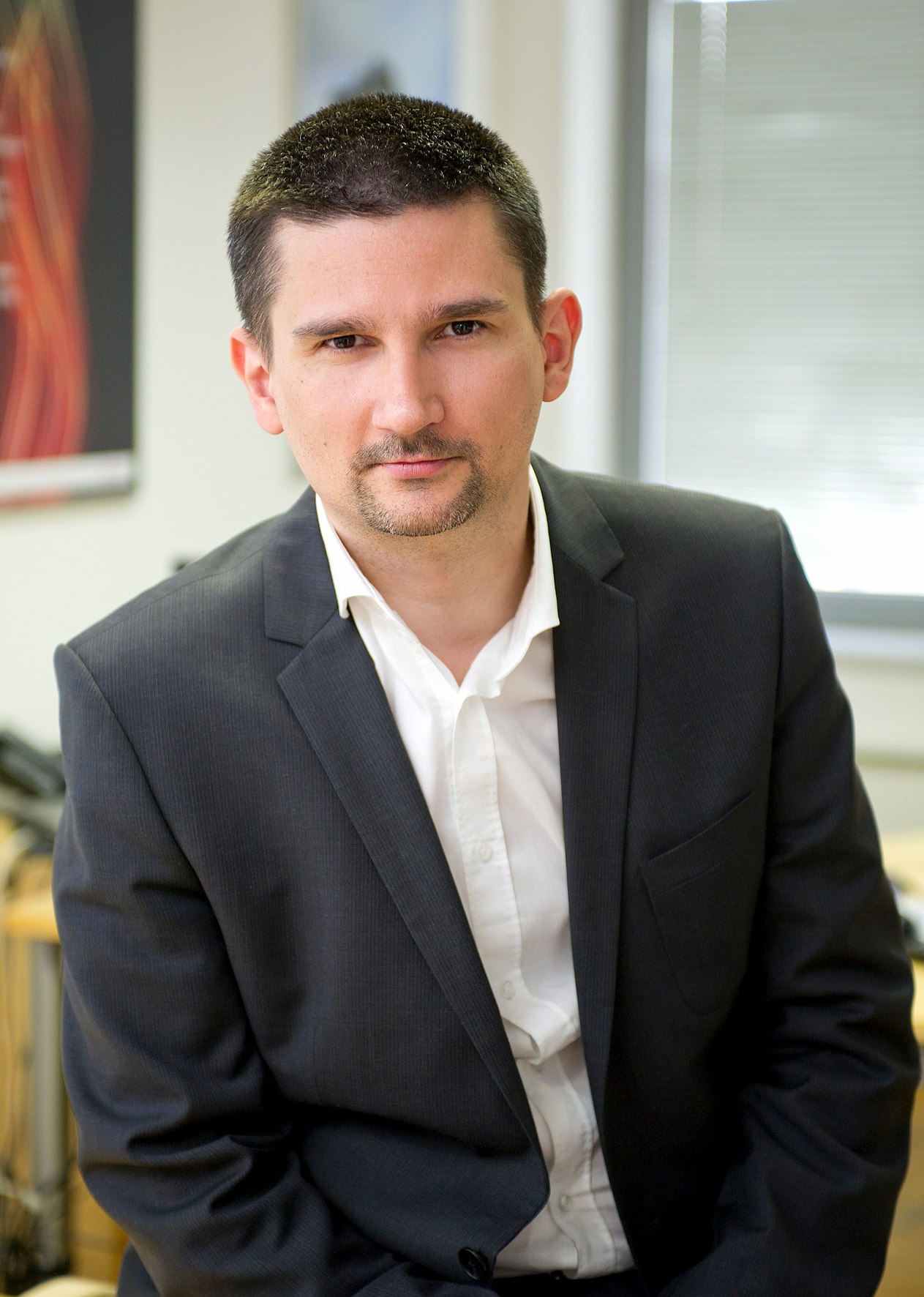
Tomislav Kosanovic
Lecturer
Societal Expert

Michal Varmus
Lecturer
Case study students (Group 1)

Ruben Perez Bernabeu
TeamSoc21 Zagreb2018 Student

Abdul-Razak Musah
TeamSoc21 Zagreb2018 Student
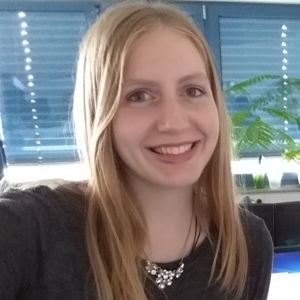
Kristina Javorek
TeamSoc21 Zagreb2018 Student
Case study students (Group 2)
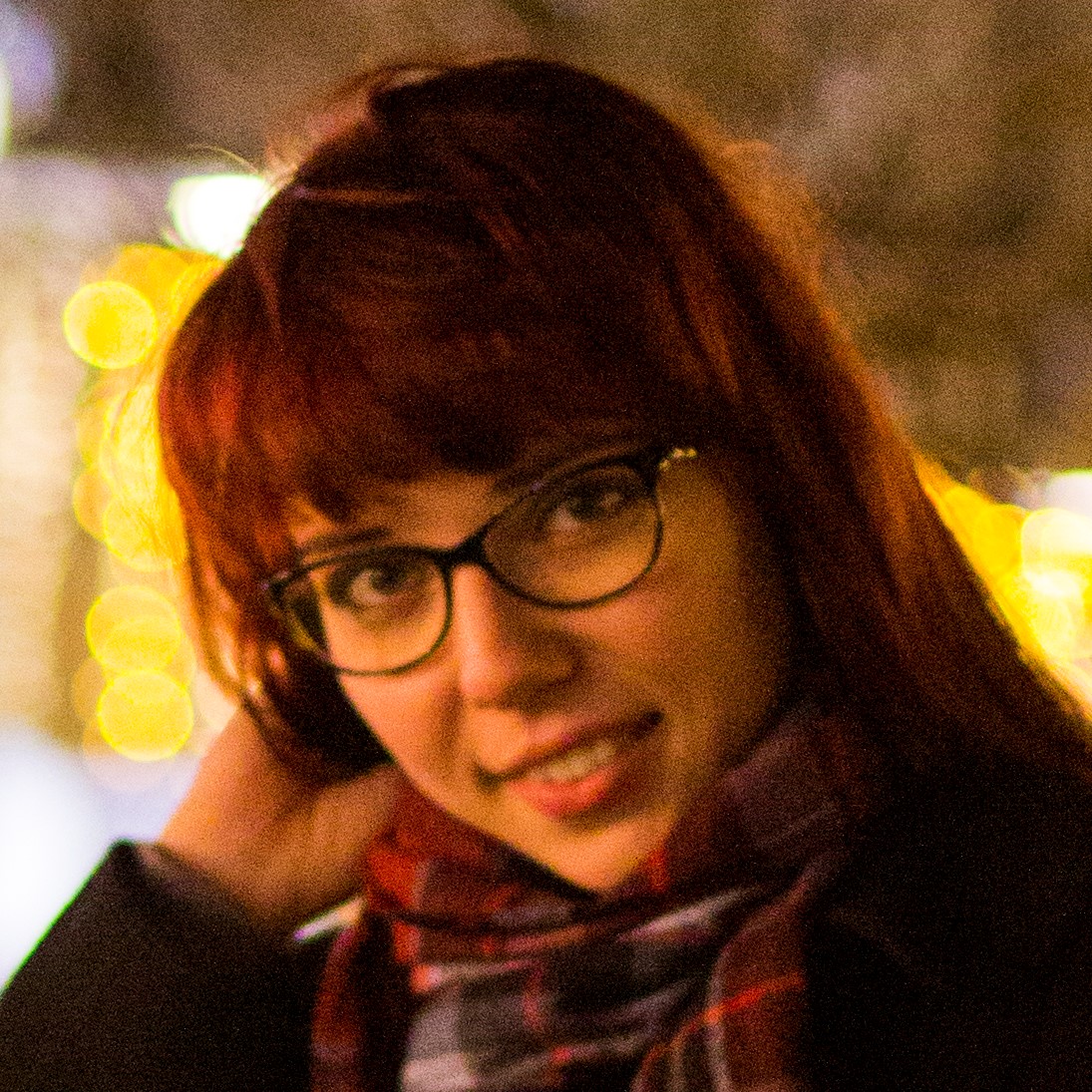
Alexandra Eros
TeamSoc21 Zagreb2018 Student
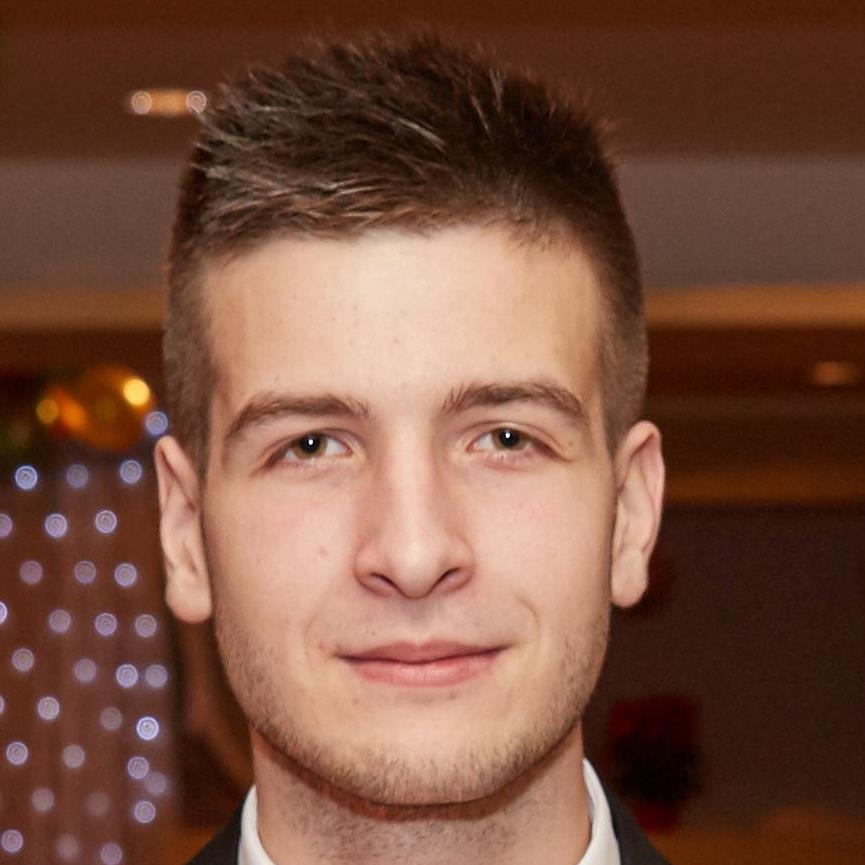
Maros Gonda
TeamSoc21 Zagreb2018 Student


